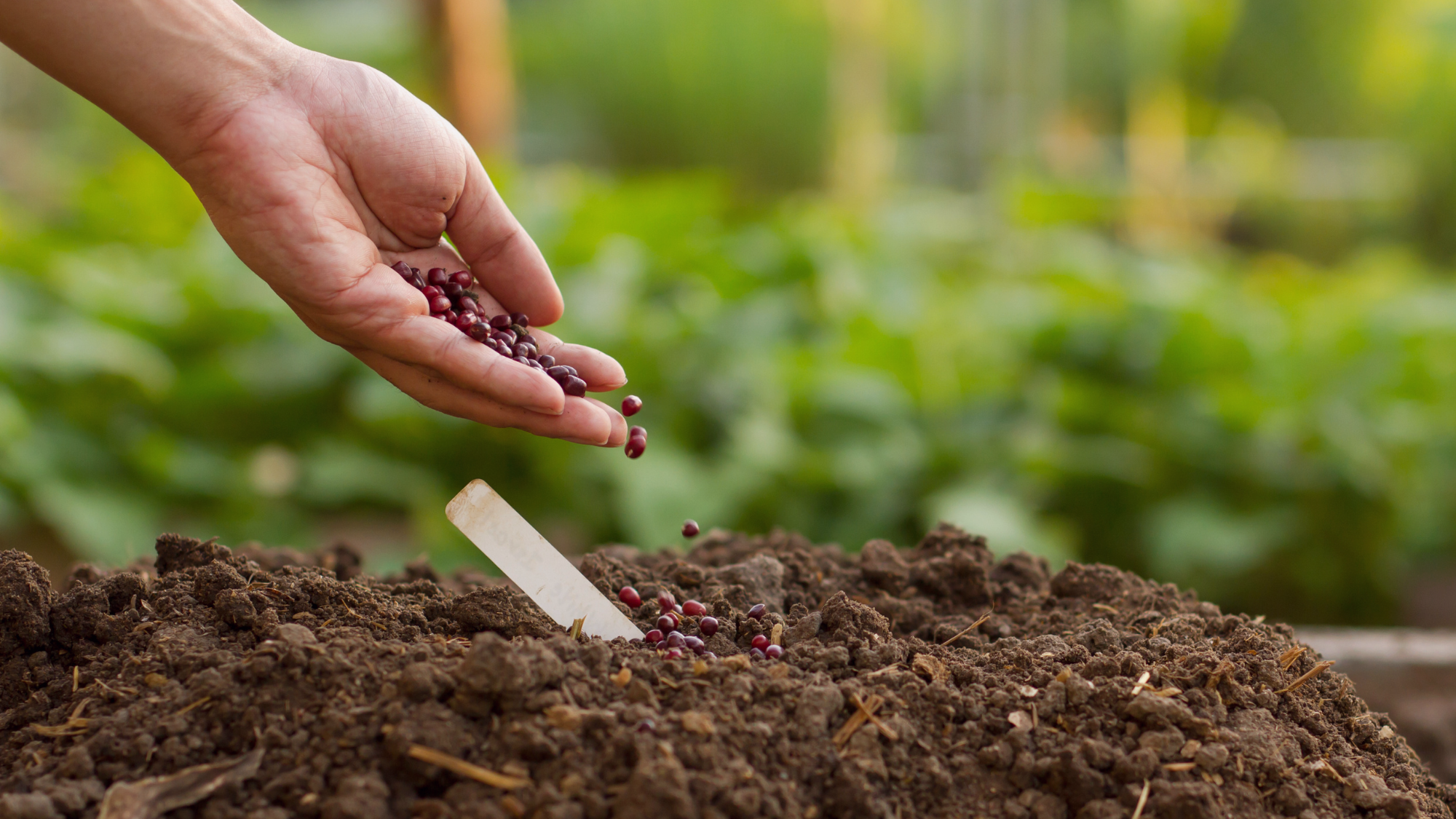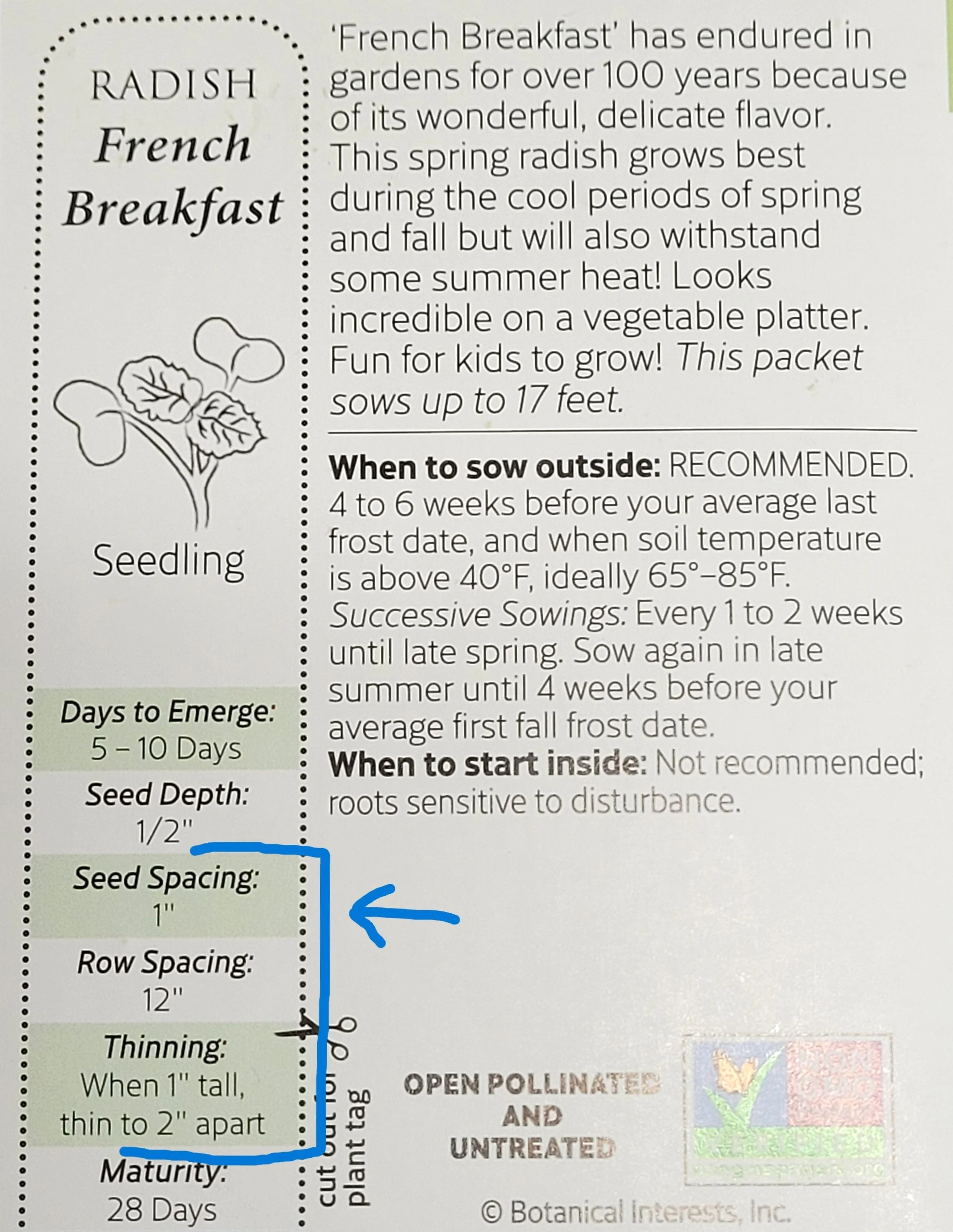Direct Sow Seed Starting
Seed starting typically encompasses two categories: indoor seed starting and direct sowing. We discussed indoor seed starting in a previous post, which you can find here. Seeds started indoors are then transplanted into the garden when the weather conditions allow. Conversely, direct sowing entails planting seeds directly outside in the garden or in a container where they will grow until harvest. In this post, we’ll explore the fundamentals of direct seed sowing.
There are several reasons to choose direct sowing over indoor seed starting. While certain seeds, like some greens, can be started either way, direct sowing offers benefits such as saving indoor space, as well as time and money spent on care and materials. Directly sown seeds also simplify successive sowing, allowing for staggered harvests. Additionally, some plants are sensitive to root disturbance and are best suited for direct sowing to avoid transplant shock.
Which Plants to Direct Sow
Plants that typically thrive with direct sowing include:
Root crops: carrots, radishes, beets, rutabaga, parsnips.
Short-season greens: lettuce, arugula, chard, mustards, bok choy.
Plants that are sensitive to root disturbance: squash, pumpkins, cucumbers. (It may be necessary to start indoors because of their long growing season. Just be very mindful about root disturbance.)
Fast-growing crops: beans, peas, corn.
Some herbs: dill and cilantro (both have long taproots).
Some flowers: sunflowers, zinnia, cosmos
When to Direct Sow
Determining when to direct sow outdoors is crucial and relies on knowing your last frost date. Seed packets often provide sowing instructions based on this date. Additionally, a soil thermometer is a valuable tool because seeds germinate within specific temperature ranges. However, starting seeds outdoors poses challenges due to the lack of a controlled environment, requiring certain precautions.
How to Direct Sow
When direct sowing seeds, plant them where they will remain until harvest. Fast-growing options can be sown in small gaps in the garden to maximize growing space. The traditional row planting method is commonly employed for in-ground vegetable gardening. However, for home gardeners in Colorado, I recommend the intensive planting method, especially for raised bed gardening.
INTENSIVE PLANTING METHOD - SPACING
This approach optimizes garden space, resulting in increased production. Intensive planting in Colorado also minimizes bare soil exposure to weeds, the intense summer sun, and desiccation. Furthermore, it localizes precious water to a smaller area, ensuring efficient use by the plants.
To determine spacing for intensive planting, refer to the seed packet or the seed supplier’s website for their spacing recommendations. Usually, you’ll find both a seed spacing number and a row spacing number. Disregard the row spacing number as it does not apply to raised garden beds. Instead, focus solely on the seed spacing number. This number indicates the actual spacing between plants.
Following the recommended seed depth on the seed packet, sprinkle 2-3 seeds at each designated spacing and cover them with fine soil. This approach accounts for potential germination failures. If all seeds do germinate, thin out the seedlings by carefully snipping with sharp scissors near the soil surface. Aim to leave only one plant at each spacing to allow for optimal growth to maturity.
DESICCATION
One challenge is preventing seeds from drying out, especially in our arid climate. Make sure to check soil moisture daily both before and after germination. For seeds sown closer to the surface, consider covering the area with moistened burlap or cardboard. This helps retain moisture and fosters successful germination. Remove the burlap or cardboard once the seeds have germinated, but continue to monitor soil moisture closely.
BIRDS & PESTS
Birds and pests are often attracted to tender seedlings. To deter them, consider covering seedlings with net cloth, chicken wire, or cloches. While earwigs play a crucial role in the garden ecosystem, they can become problematic when they target your plants. Here’s a link to some strategies for dealing with earwigs: Earwig Control.
WEATHER
Colorado's unpredictable weather poses another challenge for direct sowing. Although many cool-season vegetables are freeze-tolerant, young seedlings may be vulnerable to freezing temperatures. To protect them, use frost cloth during cold spells or significant snowfall. Additionally, hail netting can shield plants from hail damage, ensuring their survival and continued growth.
Direct sowing seeds is essential for maximizing garden space and coping with Colorado's short growing season. It enables efficient utilization of garden space by filling gaps and provides the satisfaction of swift harvests. Although it demands initial attention, the benefits of direct seeding make it a valuable practice for gardeners in Colorado and beyond.


